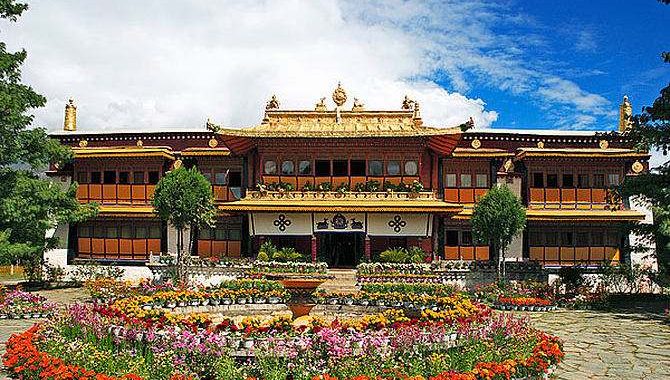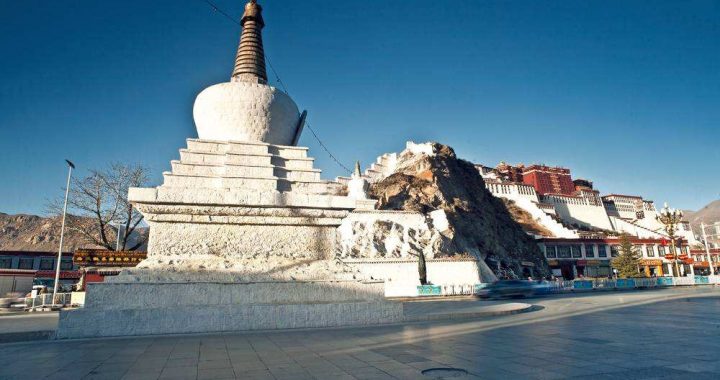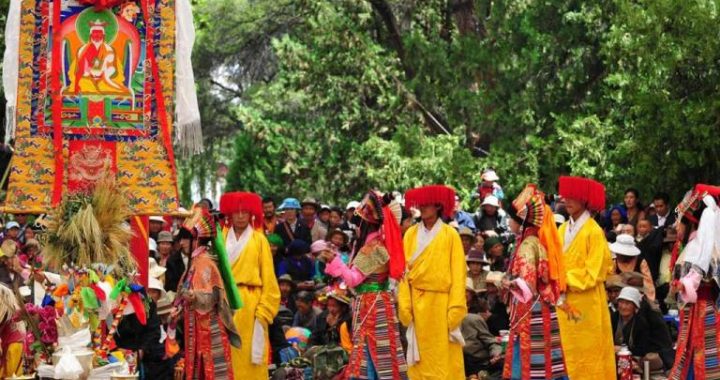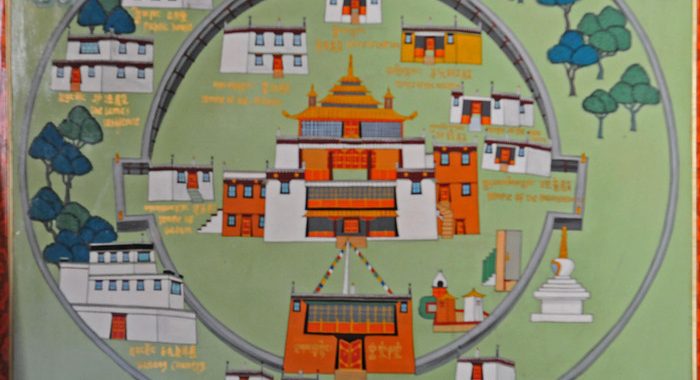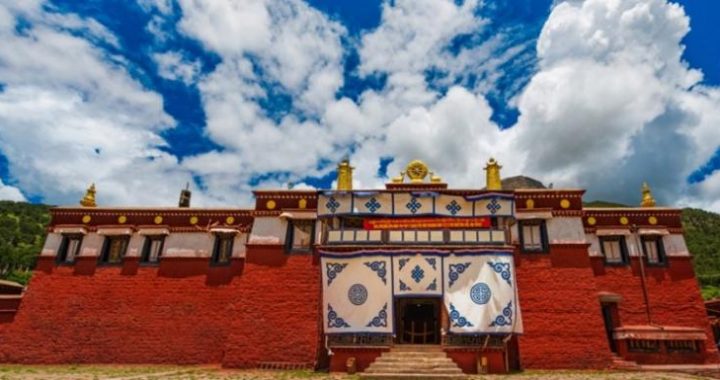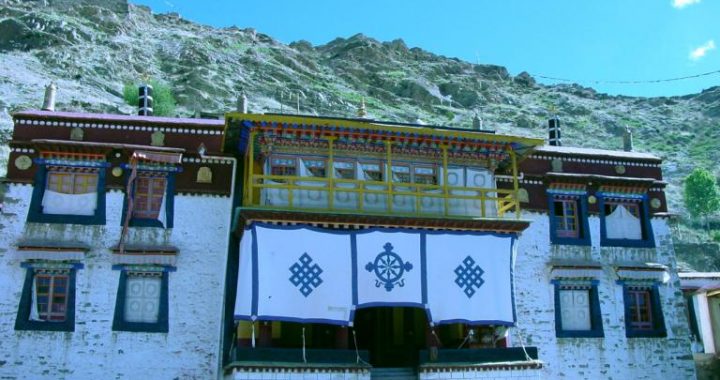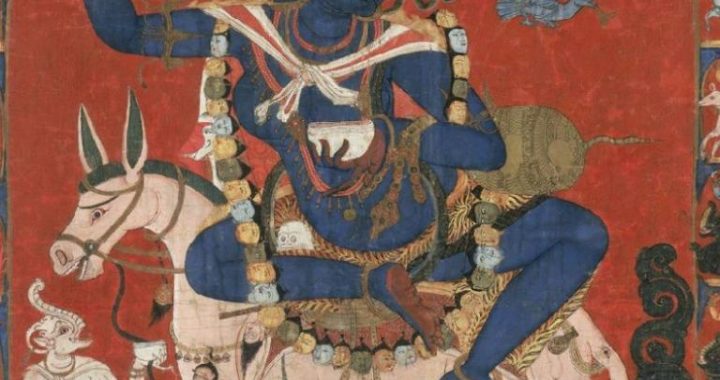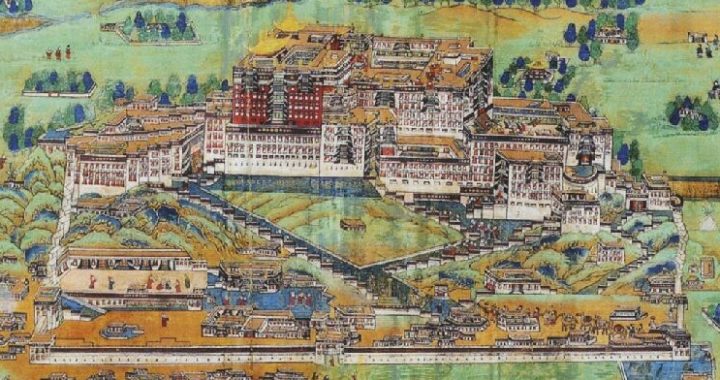Lhasa,Mysterious and Romantic Sunshine State
2 min read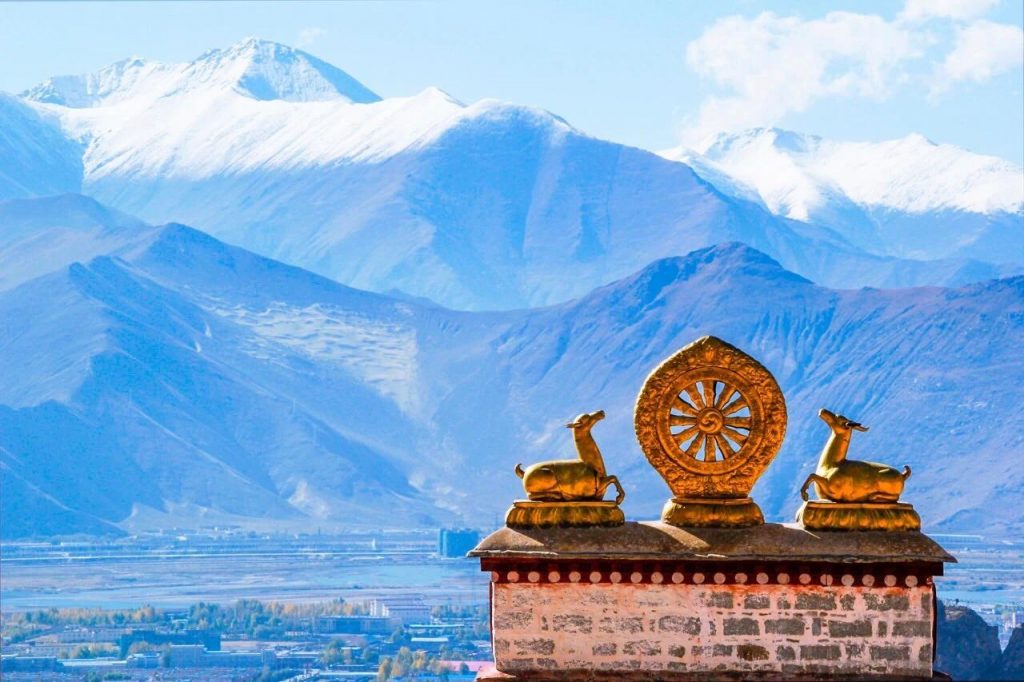
Lhasa is the administrative capital of the Tibet Autonomous Region in the People’s Republic of China and the second most populous city on the Tibetan Plateau,after Xining.At an altitude of 3,490 metres(11,450 ft),Lhasa is one of the highest cities in the world.It contains many culturally significant Tibetan Buddhist sites such as the Potala Palace,Jokhang and Norbulingka palaces.
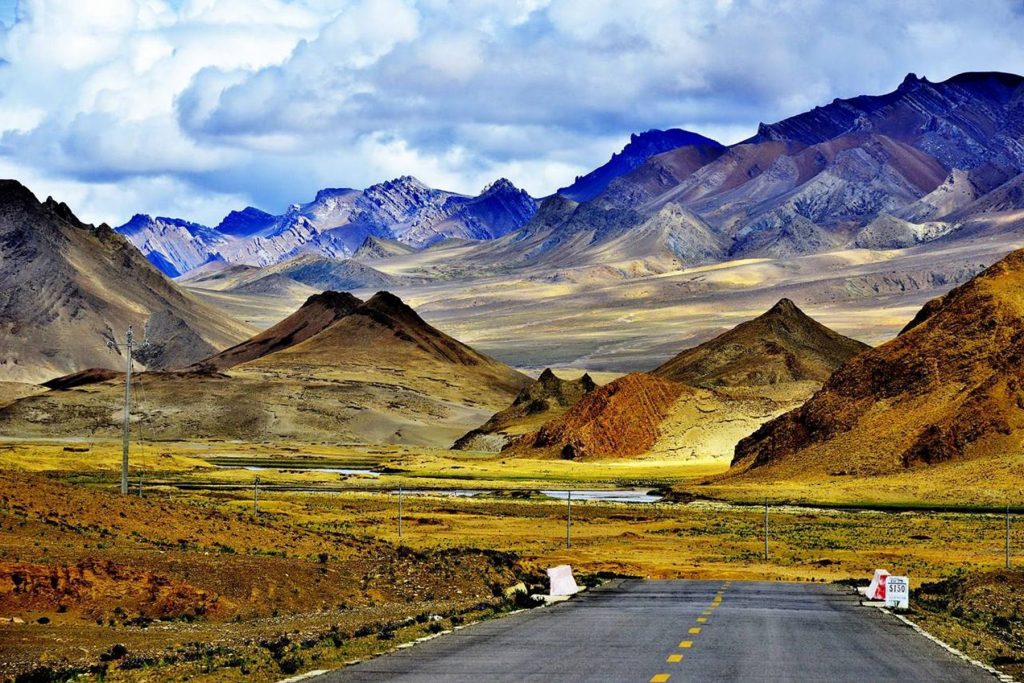
Lhasa is part of a prefecture,the Lhasa Prefecture, consisting of 7 small counties:Lhünzhub County,Damxung County,Nyêmo County,Qüxü County,Doilungdeqen County,Dagzê County and Maizhokunggar County.
Lhasa Prefecture covers an area of close to 30,000 km'(12,000 sq mi).It has a central area of 544 km(210 sq mi)and a total population of 500,000;250,000 of its people live in the urban area.Lhasa is home to the Tibetan,Han, and Hui peoples,as well as several other ethnic groups,but overall the Tibetan ethnic group makes up a majority of the total population.
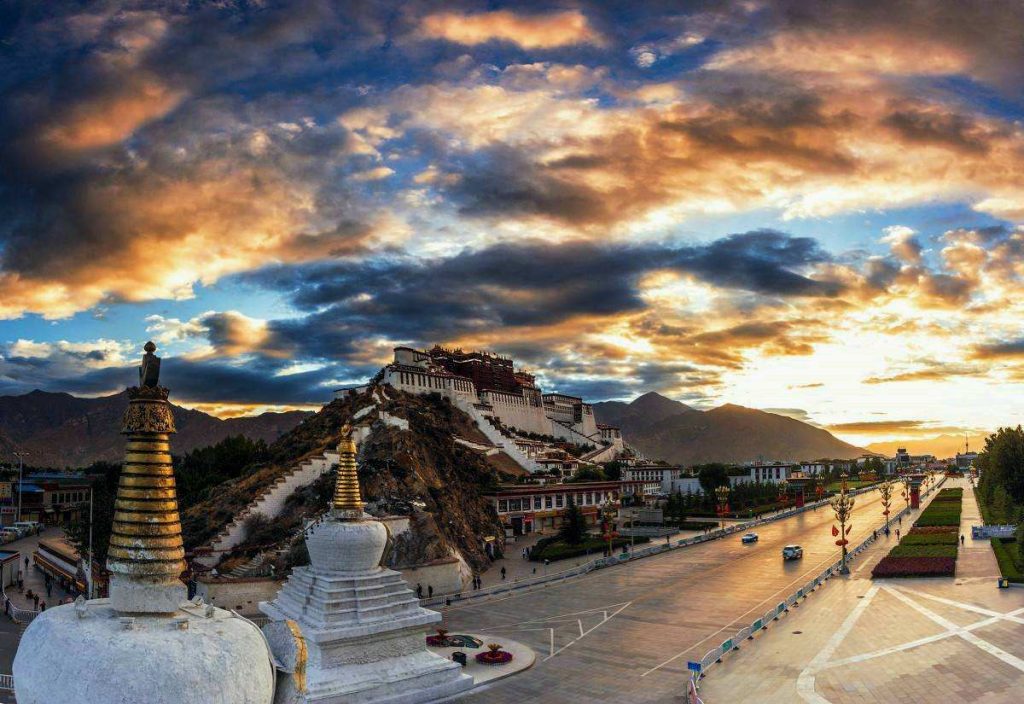
Located at the bottom of a small basin surrounded by the Himalaya Mountains,Lhasa has an elevation of about 3,600 m(11,800 ft)and lies in the centre of the Tibetan Plateau with the surrounding mountains rising to 5,500 m(18,000 ft).The air only contains 68% of the oxygen compared to sea level.The Kyi River(or Kyi Chu),a tributary of the Yarlung Zangbo River), runs through the southern part of the city.This river,known to local Tibetans as the”merry blue waves”,flows through the snow-covered peaks and gullies of the Nyainqentanglha mountains, extending 315 km(196 mi),and emptying into the Yarlung Zangbo River at Qiixii,forming an area of great scenic beauty.The marshlands,mostly uninhabited,are to the north.Ingress and ceress roads run east and west,while to the north,the road infrastructure is less developed.

